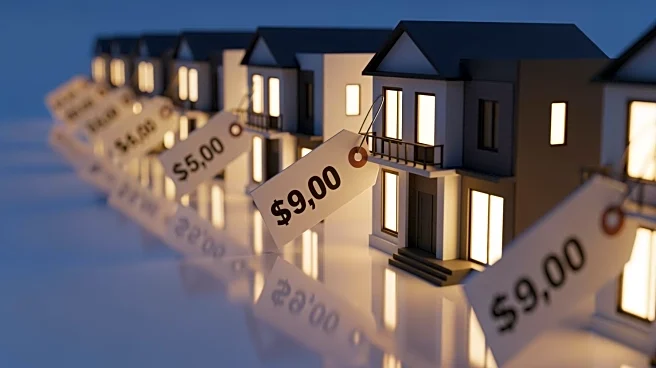What's Happening?
Investors are increasingly dominating the housing market, particularly in affordable and high-demand regions, according to Realtor.com's Investor Report Mid-Year Update. Despite a general decline in home
sales, investor purchases have only slightly decreased, allowing them to capture a larger market share. Investors are paying premiums in high-cost areas like Montana, Utah, and California, while targeting lower-priced homes in states such as Michigan, Maryland, and Virginia. This trend is amplifying price pressures in competitive markets, as investors continue to buy more homes than they sell, contributing to a tighter inventory.
Why It's Important?
The growing influence of investors in the housing market has significant implications for typical homebuyers, who face increased competition and higher prices. As investors focus on both high-end and affordable properties, they are driving up prices in already competitive areas, making it harder for everyday buyers to enter the market. This shift could exacerbate affordability issues and widen the gap between investor and non-investor buyers. The trend also highlights the potential for long-term rental income, as investors capitalize on stable rental demand in various regions.
What's Next?
The continued dominance of investors in the housing market suggests that competition for homes will remain intense, particularly in regions with limited housing stock. As investors maintain their focus on both premium and affordable properties, typical buyers may find it increasingly difficult to secure homes without facing significant price hikes. This could lead to further market adjustments, with potential policy interventions aimed at balancing investor activity and supporting first-time homebuyers.
Beyond the Headlines
The investor-driven market dynamics raise ethical and cultural questions about housing accessibility and affordability. As investors prioritize profit over community needs, there may be long-term consequences for housing equity and neighborhood stability. The trend also underscores the need for sustainable urban planning and policy measures to ensure diverse housing options for all income levels.














